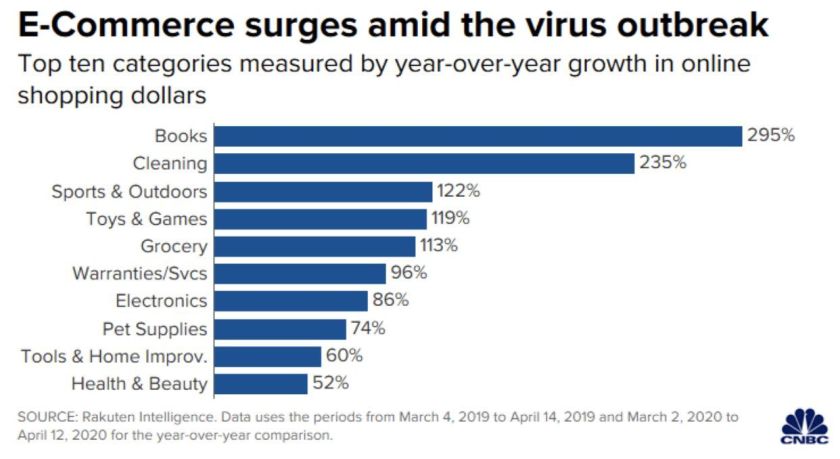Bill Gates wrote, and I quote
In the past week, Covid-19 has started behaving a lot like the once-in-a-century pathogen we’ve been worried about. I hope it’s not that bad, but we should assume it will be until we know otherwise.
I recommend that you read the full article written by Bill Gates to get in depth insight on the epidemic. In the meanwhile, just like Bill Gates, I hope it’s not that bad, but for now there’s no reason for me to believe that it isn’t. So I’ve done some reading on the subject myself, and want to present some facts below.
Please note that I’ve no intention of driving panic, and all intentions of initiating correct preparation for the Covid-19 epidemic by sharing my thoughts below.
1) Stock Market
The American stock market is down 15% in last 1 week. Companies will publish their Q1 2020 earning reports between 15th April and 15th May. I expect the stocks to be in downtrend until April/May timeframe, and if earning reports are quite bad, they may trigger a potential recession. Apple has issued an early warning for investors. Actions to take: Sit tight and wait until April/May for more clarity on investment strategy.
2) Vaccination
According to Bill Gates, June could be the earliest time-frame for large-scale vaccination “trials” meaning we are unlikely to have vaccination available at scale and approved by FDA before Q4.
3) China
There’s a unified opinion that China is under-reporting cases. There’s complete lock-down in China and I wouldn’t expect China to cause such damage to their economy for something that’s not very serious.
Most researchers believe the actual number of cases to be 10x more, and hence 800,000 people could be infected in China.
4) Death rates
Death rates are 2-3% in Wuhan and 10% in Iran. The death rate is 1% in rest of China. This makes me believe death rates are obviously dependent on the conditions of health-care available as well as the capacity of number of patients that can be treated simultaneously. Assuming China has the ability to provide better healthcare than global average quality, the death rate could be more on global level.
5) Death numbers
Researchers believe that up-to 20% of the global population could get affected. Assuming 20% of global population and 1% death rate, there will be 14 million deaths. Assuming 0.5% death rate there will be 7 million deaths. And assuming 3% death rate, there could be 42 million deaths.
6) Virality
The virality rate is 3 which means every individual will at average infect 3 other people. This is much higher than common flu where the virality rate is 1.5.
7) What to do
In addition to all the advice that you’ve heard/read so far about washing hands, not shaking hands, avoiding gathering, etc, I recommend that everyone should stock minimum 1 month of grocery and 2 months of medication if someone uses regular medication at home such as for heart or diabetes etc. 60% of all medicine is manufactured in China which is on complete shutdown right now. There will be delays and shortage in medication.
May God protect us all
